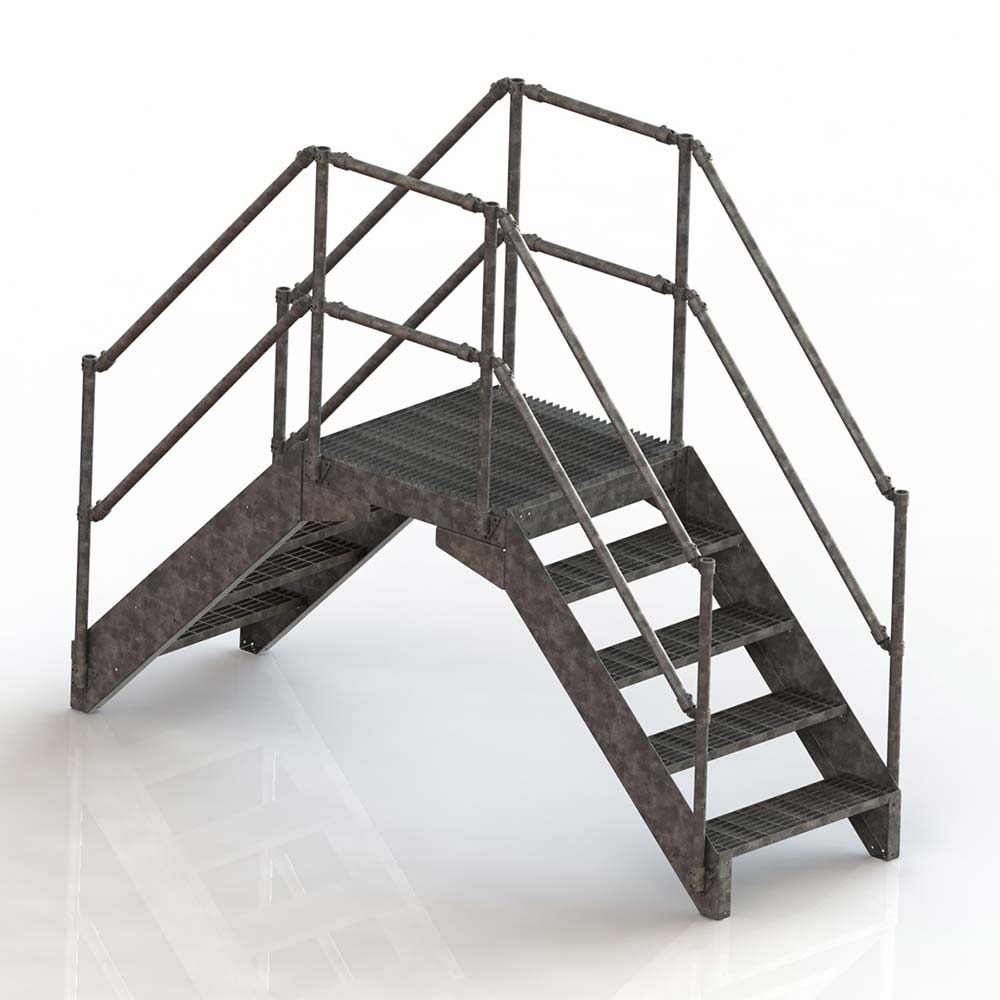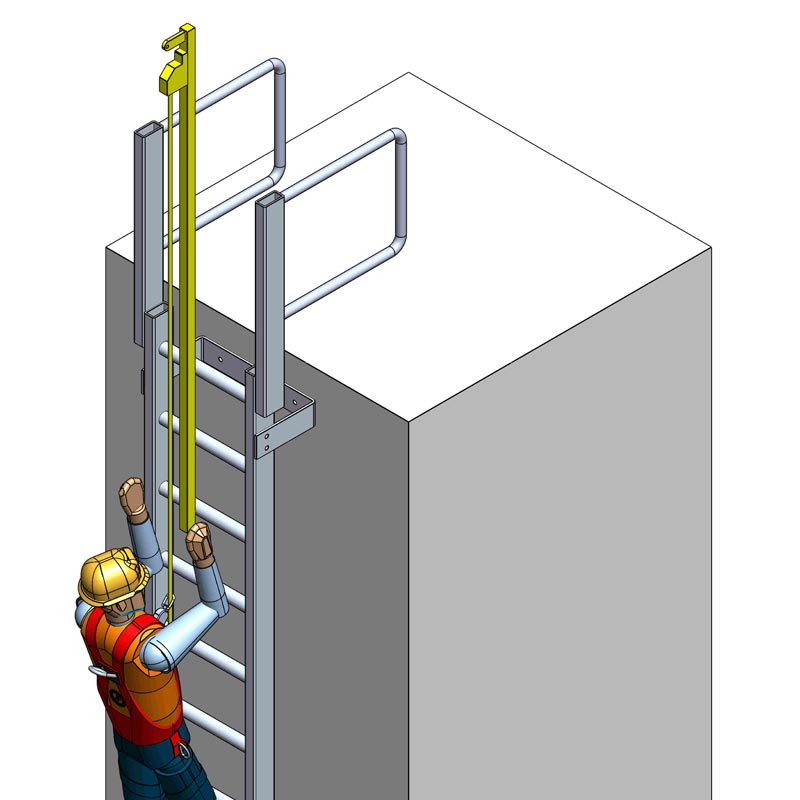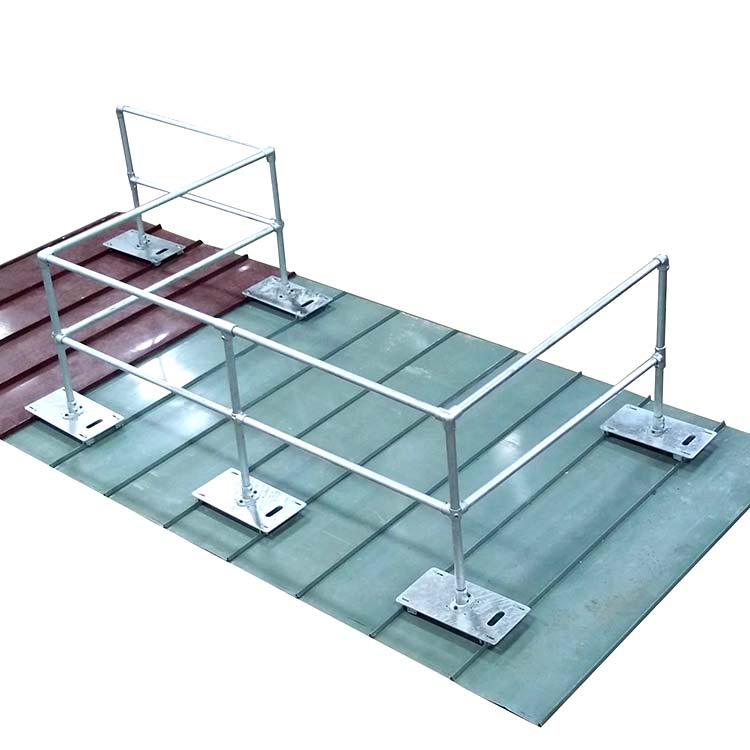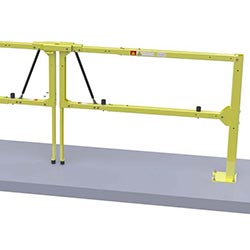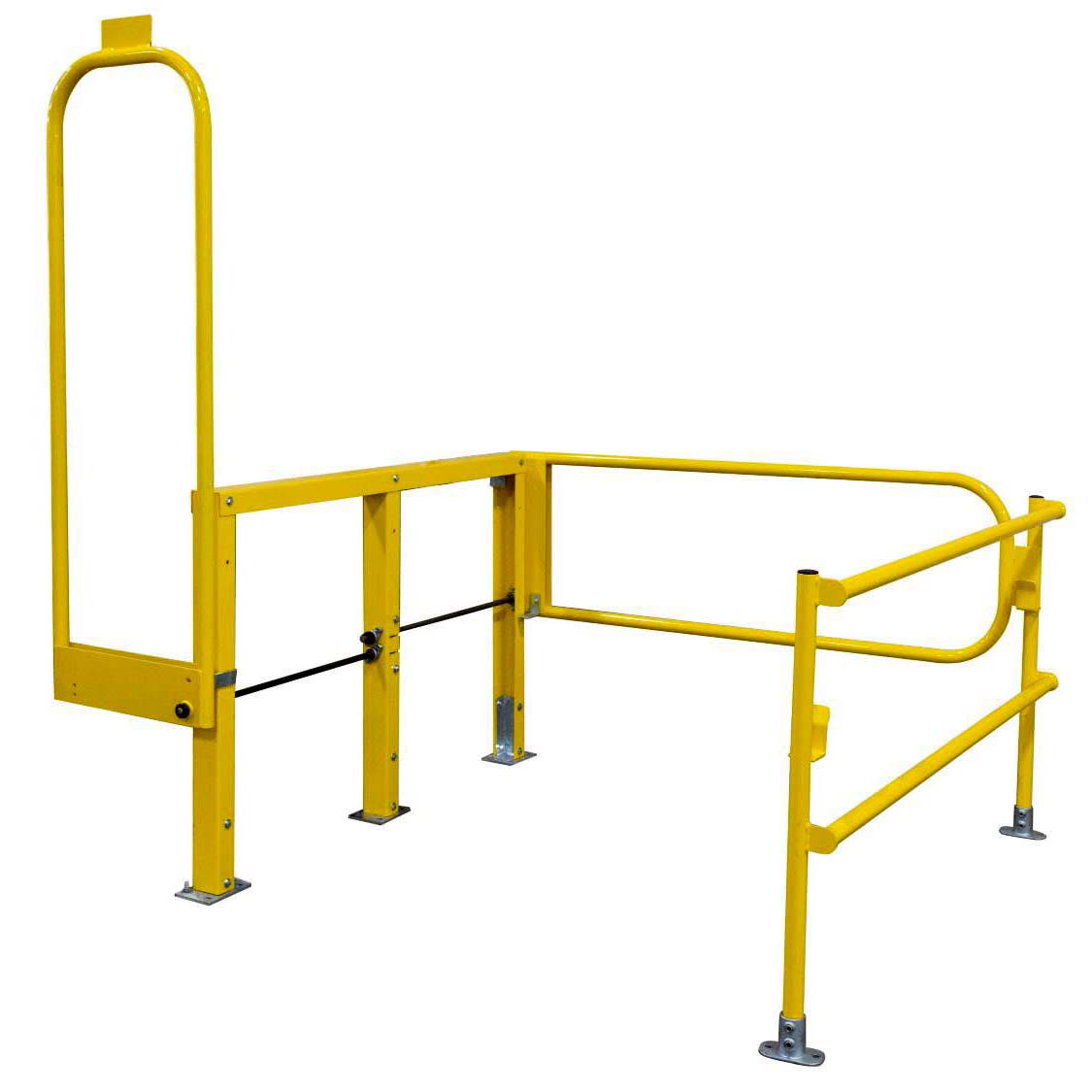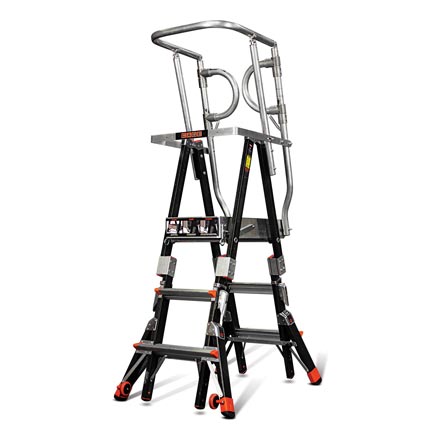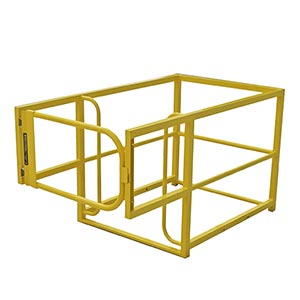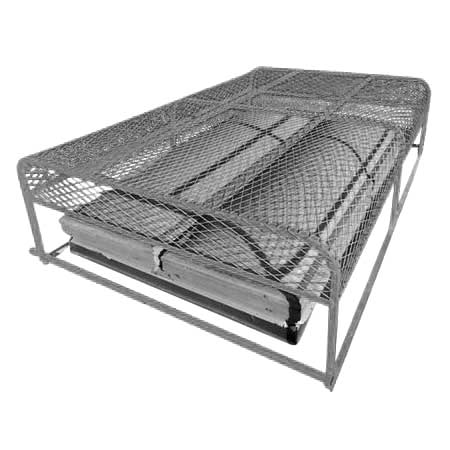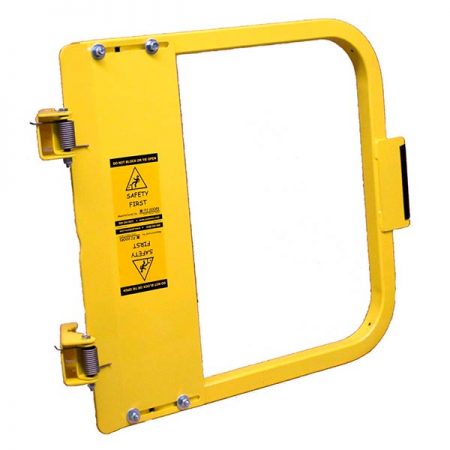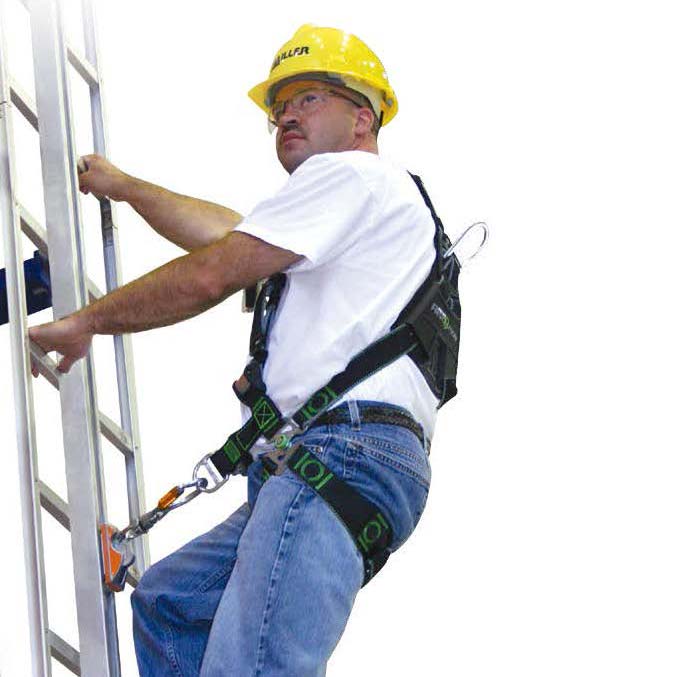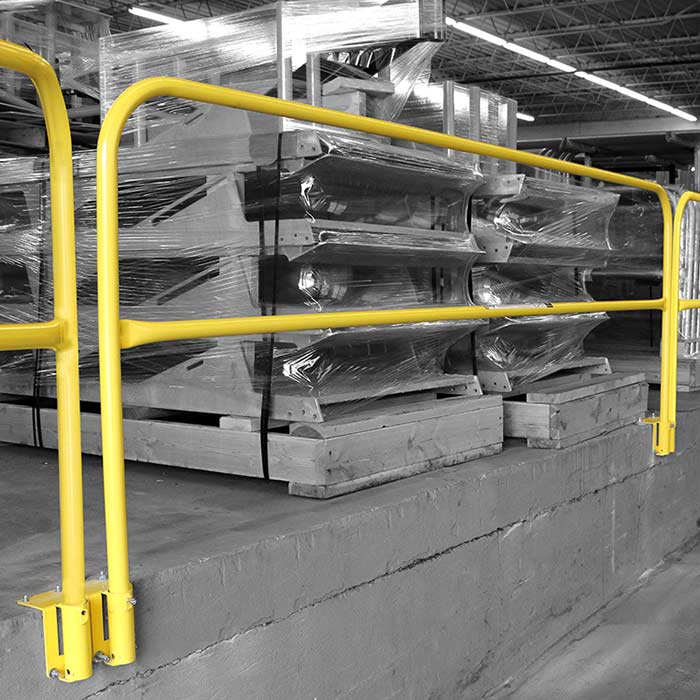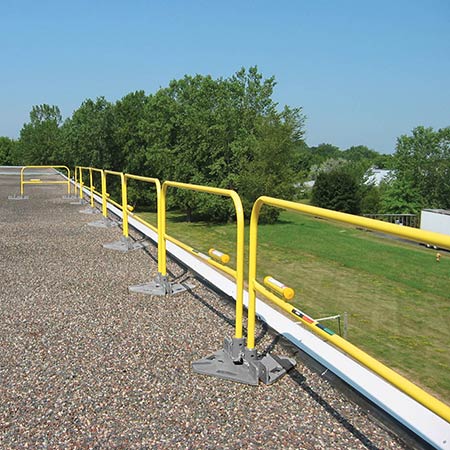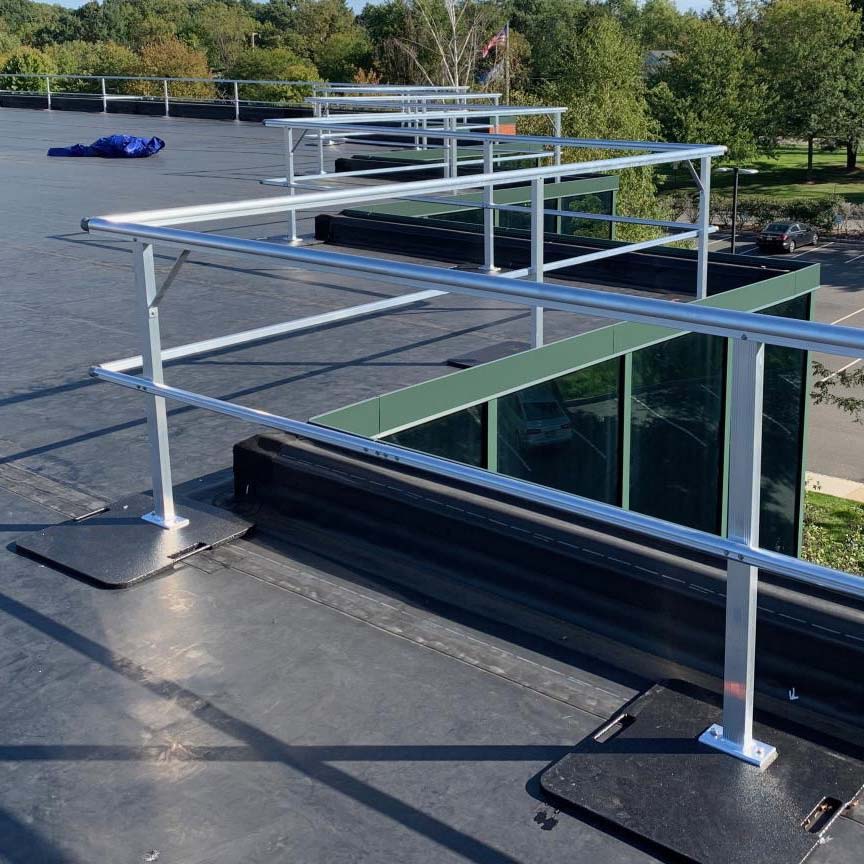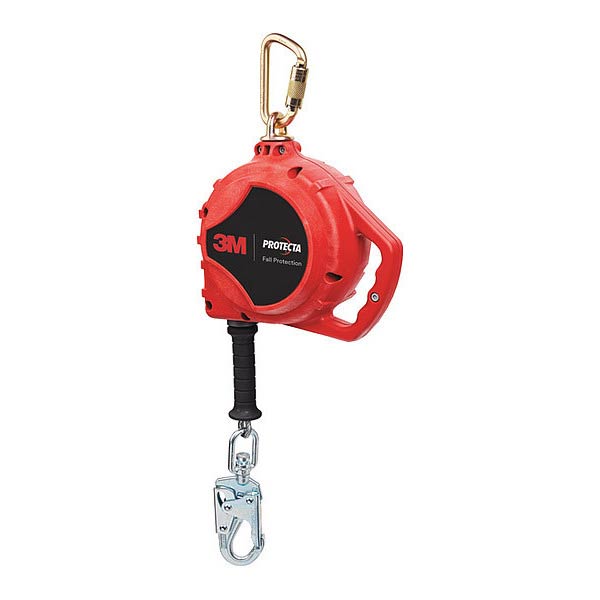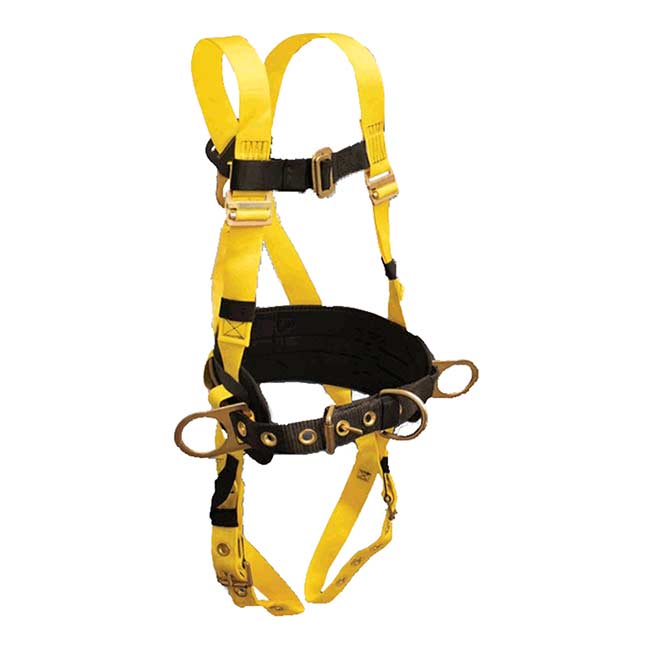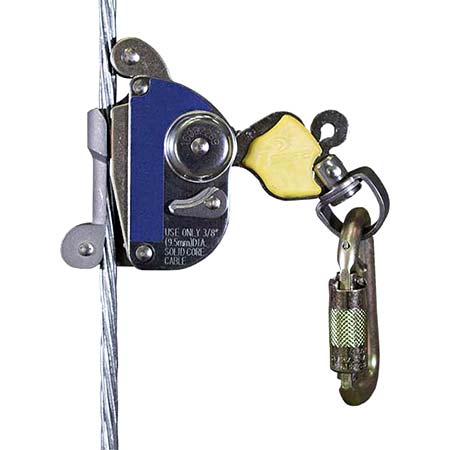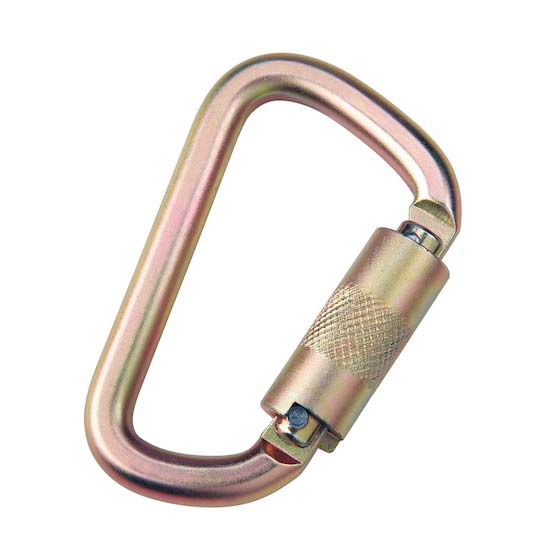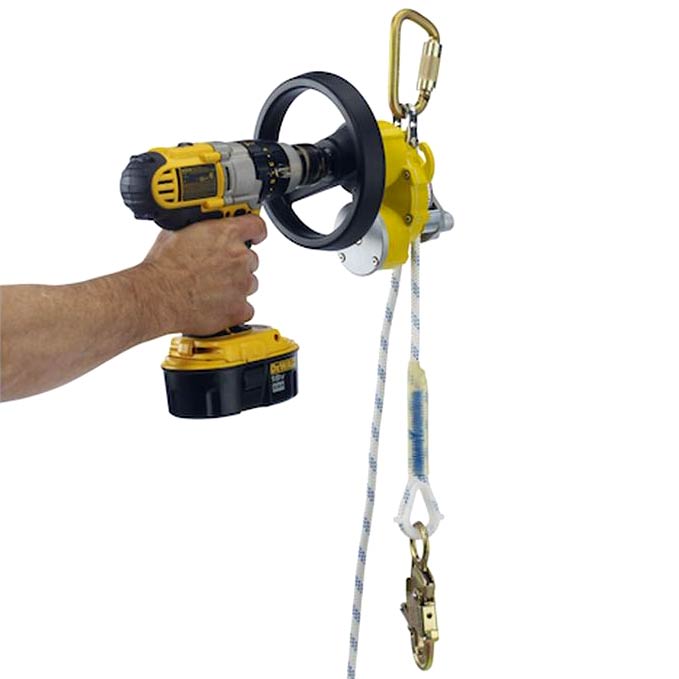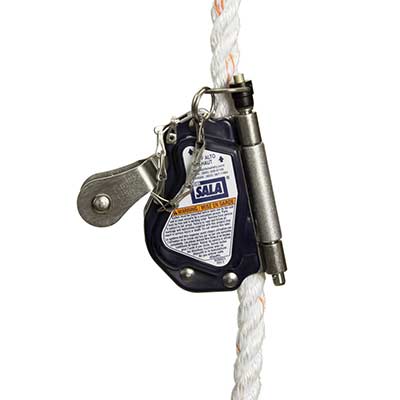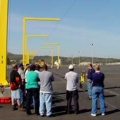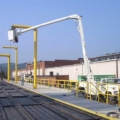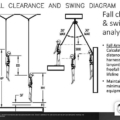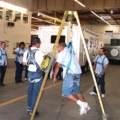OSHA Fall Protection, Regulations & Standards
OSHA Fall Protection Regulations & Standards

When you learn that falls are, historically, the leading cause of fatalities in the construction industry, the reason for OSHA Fall Protection regulations becomes self-evident. But in addition to the direct effect of a hazard on a worker, the costs associated with workplace injury, including workers’ compensation payments, can be among the most devastating to an employer’s bottom line. These things come together to emphasize the need to prevent falls before they happen.
For general industry, OSHA requires fall protection beginning at a height of four feet. In construction, fall protection is required above six feet. Protection must also be provided any time an employee must work above hazardous equipment or machinery, regardless of the distance. Employers are responsible to determine the locations where fall protection is required, make sure that proper protection systems are provided, and finally to implement employee training in their use.
Compliance with OSHA Fall Protection regulations requires the right tool for the right job. Here at CAI Safety, we not only provide you with everything from off-the-shelf protection equipment to customized solutions, but we can also take care of your training and certification needs.
Our OSHA compliant Fall Protection, Fall Arrest, and Fall Restraint Systems, including our Fall Protection Training & Services, have been designed to provide ease of handling, installation and use without compromising safety.
OSHA Website: https://www.osha.gov/SLTC/fallprotection/standards.html
Regulation Summary: Walking-Working Surfaces and Personal Fall Protection Systems; OSHA’s Final Rule – December, 2016
General Industry 29 CFR 1910: On November 17, 2016, OSHA published its final rule on Walking and Working Surfaces. The 513 page copy from the Federal Register can be downloaded at:
Who and what does the final rule cover?
The intent of OSHA’s Walking-Working Surfaces standard, 29 CFR Part 1910, Subpart D & I, is to increase the protection of general industry employees and employers from hazards associated with walking-working surfaces. The rulemaking will significantly reduce the number of worker deaths and injuries that occur each year resulting from workplace slip, trip, and fall hazards. The final rule was published on November 18, 2016, and became effective on January 17, 2017. Some requirements in the final rule have compliance dates after the effective date and will be discussed in further detail below. This final rule and the associated preamble, providing more detailed explanation of the rule, is available on the Federal Register website at 81 FR 82494, Walking-Working Surfaces; Personal Protective Equipment; Final Rule, November 18, 2016.
OSHA requirements are set by statute, standards, and regulations. The Agency’s interpretations explain these requirements and how they apply to particular circumstances, but they do not create additional employer obligations. Note that our enforcement guidance may be affected by legislative or rulemaking changes to OSHA requirements. Also, from time to time we update our guidance in response to new information. To keep apprised of such developments, you can consult OSHA’s website at http://www.osha.gov.
This webpage provides guidance, in a question and answer format, regarding OSHA’s Final Rule, Walking-Working Surfaces and Personal Protective Equipment, 29 CFR Part 1910, Subpart D and I. These Frequently Asked Questions (FAQs) are divided into five sections: general questions, rope descent system (RDS) questions, outdoor advertising questions, residential roof questions, and agricultural operation questions.
References & FAQ’s: Visit OSHA Website
| Subpart D, Walking/Working Surfaces — Fixed Ladder, Ladder Safety Devices — Safety Requirements for Scaffolding, Boatswain’s Chair |
1910.27 (d) (5) 1910.28 (j) (4) |
| Subpart I, Personal Fall Arrest Systems | Proposed |
| Subpart F, Powered Platforms and Building Maintenance | 1910.66 |
| Subpart J, Permit – Required Confined Space | 1910.146 |
| Subpart R, Special Industries | 1910.267 |
| — Agricultural Operations — Telecommunications — Electric Power Generation, Transmission and Distribution |
1910.268 1910.268 |
| Subpart E, Personal Protective Equipment
— Safety Belts, Lifelines and Lanyards — Safety Nets |
1926.104
1926.105 |
| Subpart L, Scaffolding
— Boatswain’s Chair |
1926.451
(1) |
| Subpart M, Fall Protections
— Scope, Application and Definitions — Duty to Have Fall Protection — Fall Protection Systems Criteria and Practices — Training Requirements |
1926.500
1926.501 1926.502 1926.503 |
| Subpart R, Steel Erection
— Fall Protection |
1926.760 |
Strict Conformance Warning – Active & Passive Fall Protection Systems
“!! CAUTION !! This is a fall protection system. The system must be used in strict conformance with the manufacturer’s instructions. You can download the system manuals from the ‘Downloads’ tab on each product page OR provided to you in the proposal and order emails. Failure to do so may result in serious injury or death.
In the case of tie-off systems (active systems), do not use or operate this system unless you are properly trained. You are also encouraged to contact us in case of any questions.“
If perimeter platforms cannot be used, active systems can be installed, requiring the workers to don harnesses and connect to an overhead system. Active fall protection system options consist of fixed-point anchors, horizontal lifelines and conventional beam and trolley systems each attached to the existing overhead structure.
It is crucial that the authorized person/user of this equipment read and understand these instructions. In addition, federal law requires employers to ensure that all users are trained in the proper installation, use, inspection, and maintenance of fall protection equipment. Fall protection training should be an integral part of a comprehensive safety program.
Proper use of fall arrest systems can save lives and reduce the potential of serious injuries from a fall. The user must be aware that forces experienced during the arrest of a fall or prolonged suspension may cause bodily injury. Consult a physician if there is any question about the user’s ability to use this product. Pregnant women and minor children must not use this product.
According to OSHA, all workers exposed to falls should be trained by a competent person to recognize fall hazards and to be familiar with available control methods and equipment.
Questions? Contact us at (888) 246-6999 or email us at info@caisafety.com






























